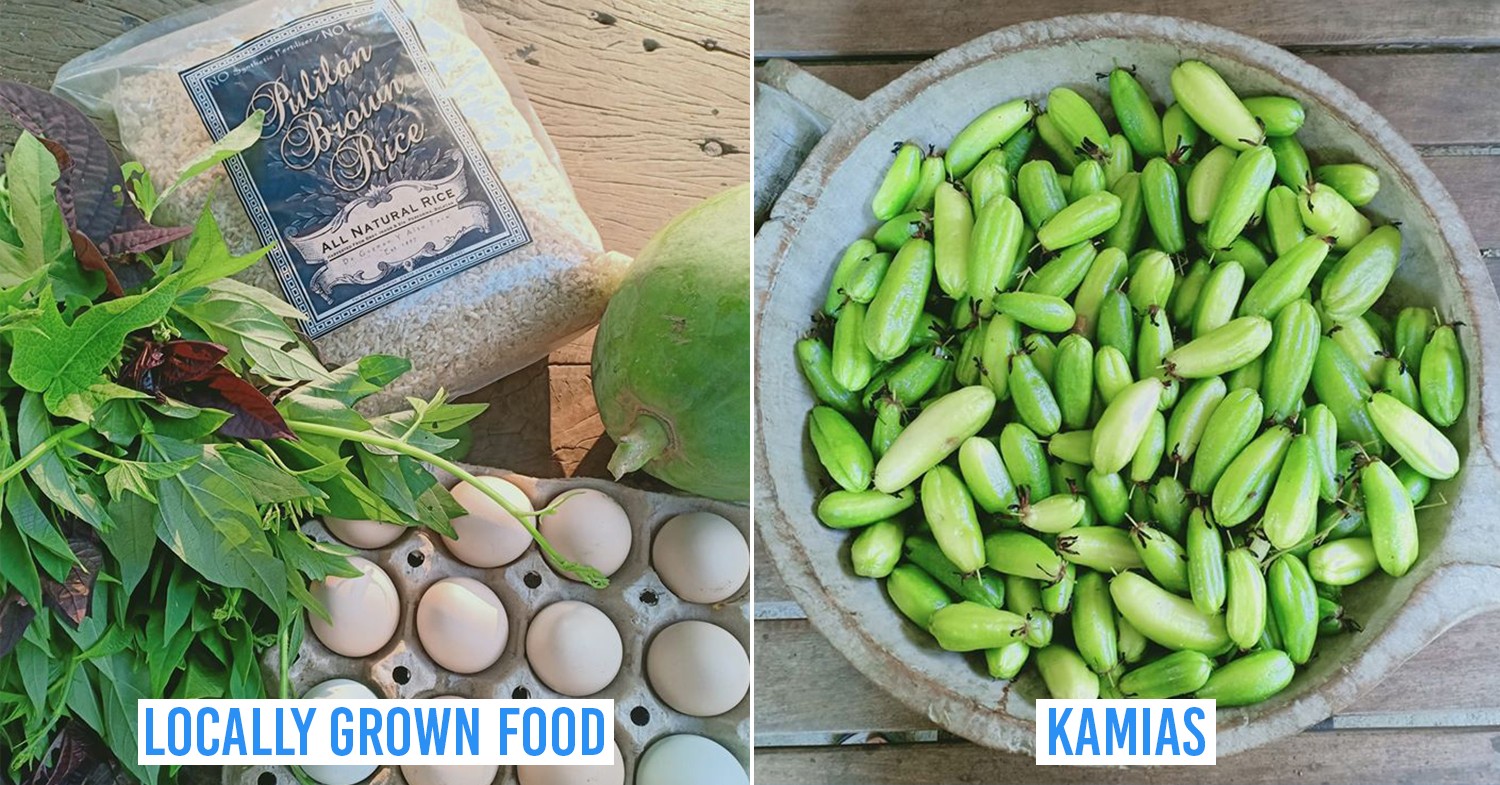Sustainable farming in Pulilan, Bulacan
April is Filipino Food Month, coinciding with the COVID-19 outbreak in the Philippines. As food security becomes a timely concern for local residents, food shortages are a concern to many.
The Luzon-wide enhanced community quarantine (ECQ), a measure to stem the COVID-19 outbreak, has caused food shipments from the rest of the island to Metro Manila and its surrounding areas to be delayed.
This has resulted in shortages of essential supplies such as bread, rice, and eggs in groceries and supermarkets, as well as the very food recommended by health experts to boost our immune systems – namely fresh fruits and vegetables, lean meat, and fish. But not in Pulilan, Bulacan, just outside Metro Manila.
Industrialization has reduced agricultural land in most of Metro Manila
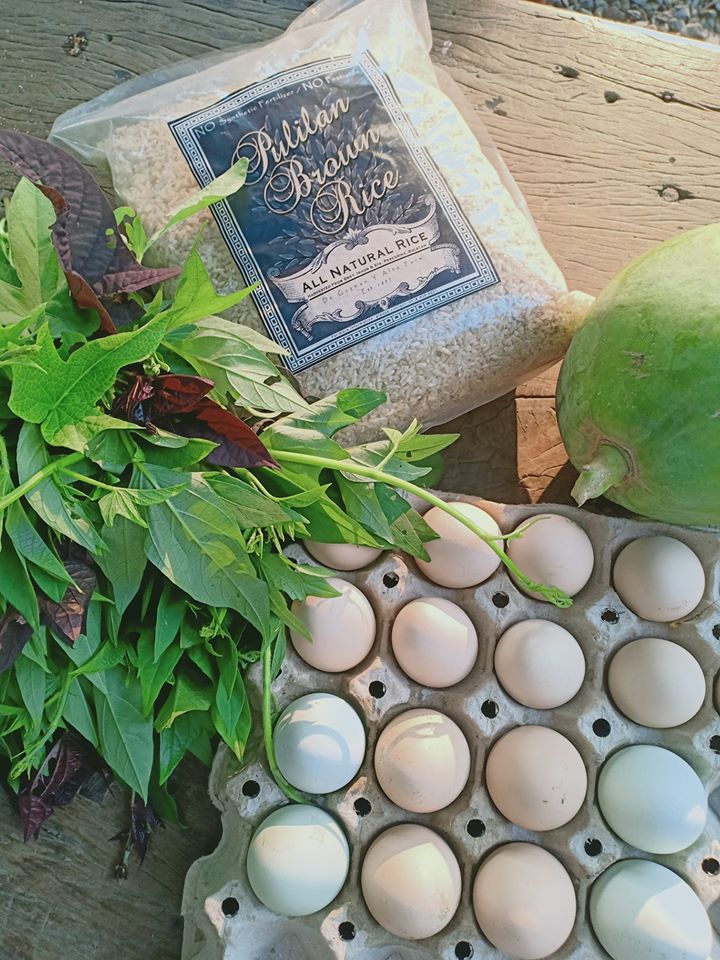
A balanced diet of fiber from vegetables and fruit, proteins from eggs, and carbohydrates with Pulilan-grown rice
Image credit: Andrew Alto De Guzman
But even before the ECQ, there has been an alarming increase in the conversion of agricultural lands into subdivisions and industrial lands, especially in the towns composing the mega Manila area immediately within the vicinity of Metro Manila.
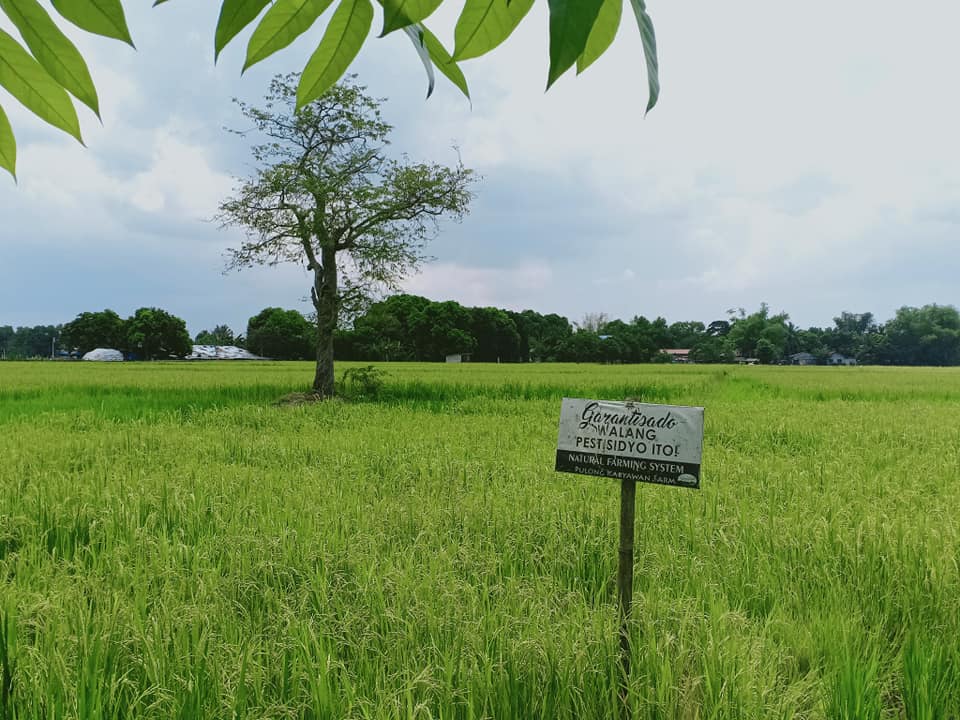
Currently, the Philippines still imports most of its rice, notably from Southeast Asian neighbors Vietnam and Thailand.
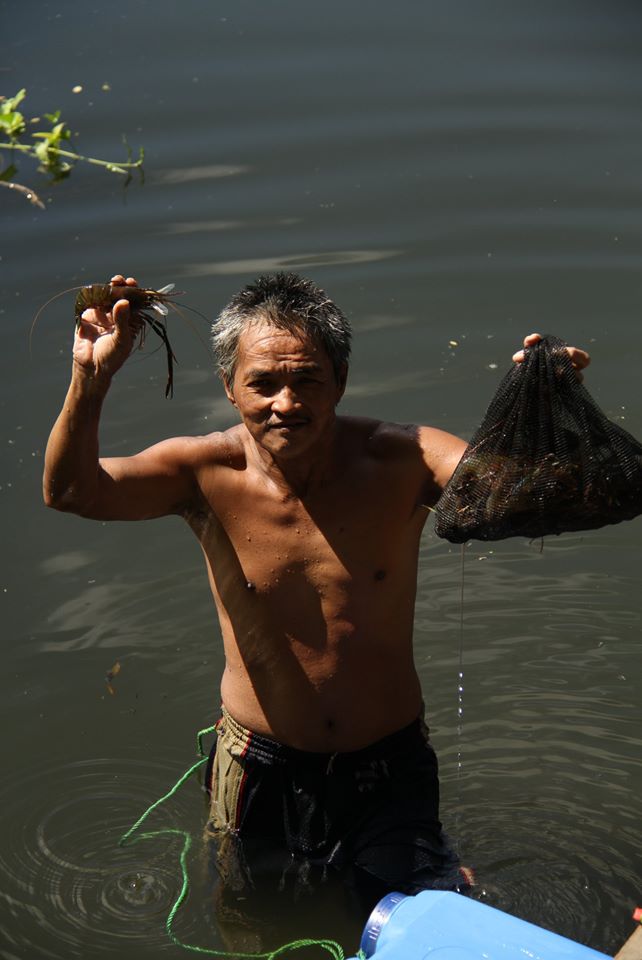
A local shows a fish caught from the Angat river, which cuts through Pulilan and empties out into Manila Bay
Image credit: Andrew Alto de Guzman
Our fish supply also remains threatened by overfishing and poaching.
Farming in Pulilan is a ray of hope
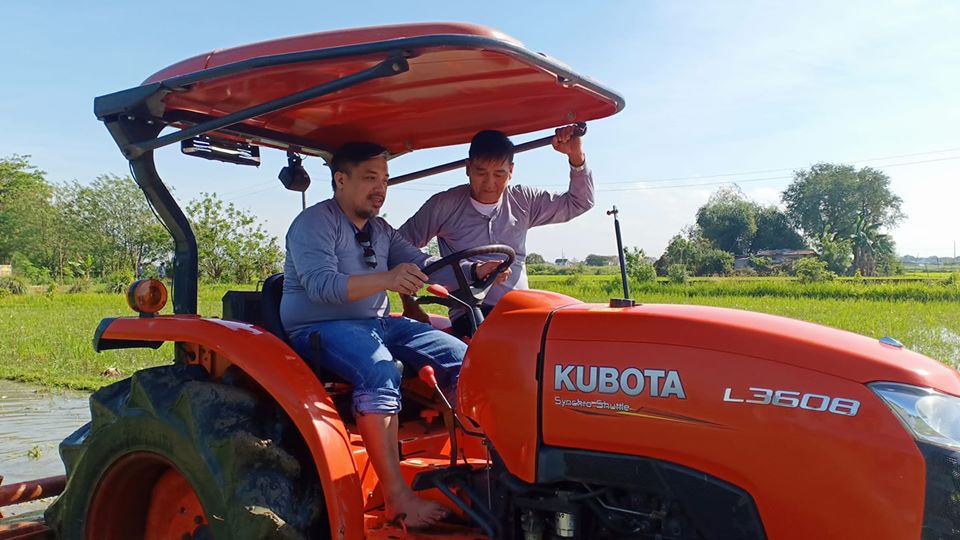
Pulilan residents in a protected agricultural zone
Image credit: Andrew Alto de Guzman
The province of Bulacan, just north of Metro Manila, has traditionally been the “vegetable bowl” of the capital, as it’s a region of plains with soil ideal for farming. However, as the metropolis continued to industrialize, more and more factories sprang up in Bulacan, slowly reducing its role as a key food supplier.
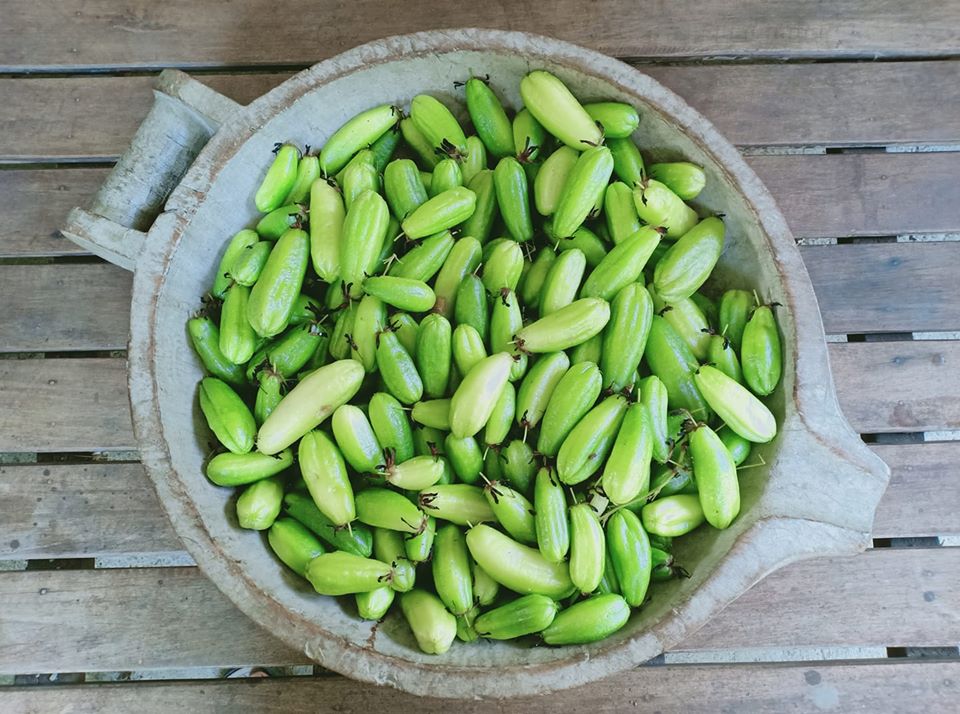
Locally grown bilimbi or kamias fruits, eaten raw or used as seasoning in Philippine dishes
Image credit: Andrew Alto de Guzman
However, the city of Pulilan, Bulacan, a one-hour drive away from the heart of Metro Manila, has emphasized preserving its natural heritage. As a result, Pulilan’s residents remain secure in their ability to feed themselves.
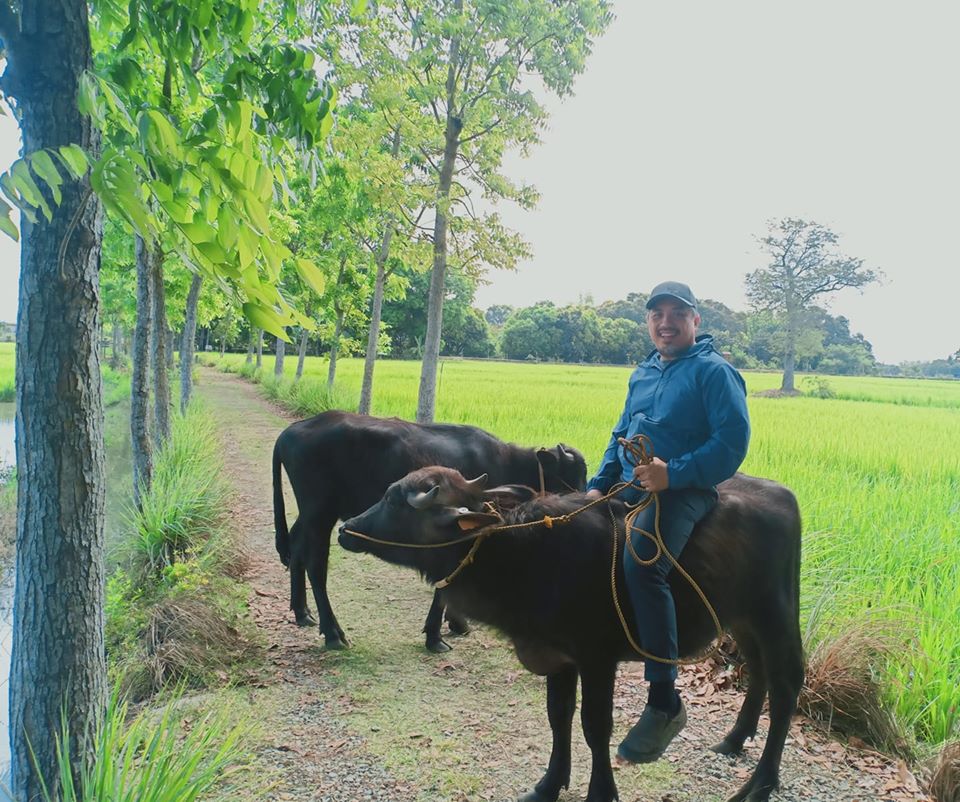
These carabaos were provided by the Pulilan local government in early 2020
Image credit: Andrew Alto de Guzman
Despite investors looking to develop acres of Pulilan into industrial land, the municipality remains committed to protecting its food-producing capacity.
A town devoted to farming
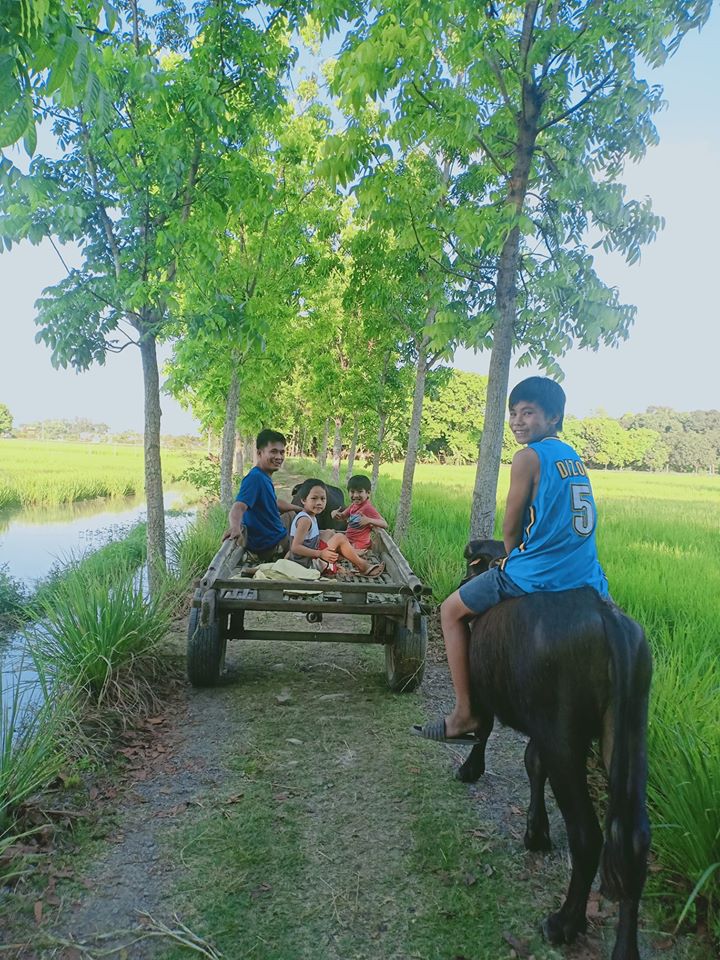
A farmer takes his children to visit the ricelands in Pulong Kabyawan natural farm, Pulilan
Image credit: Andrew Alto de Guzman
The town’s identity, after all, is built on agriculture, with the annual Painted Carabao festival – named after the local water buffalo that helps farmers till the land – drawing in TV crews and tourists.
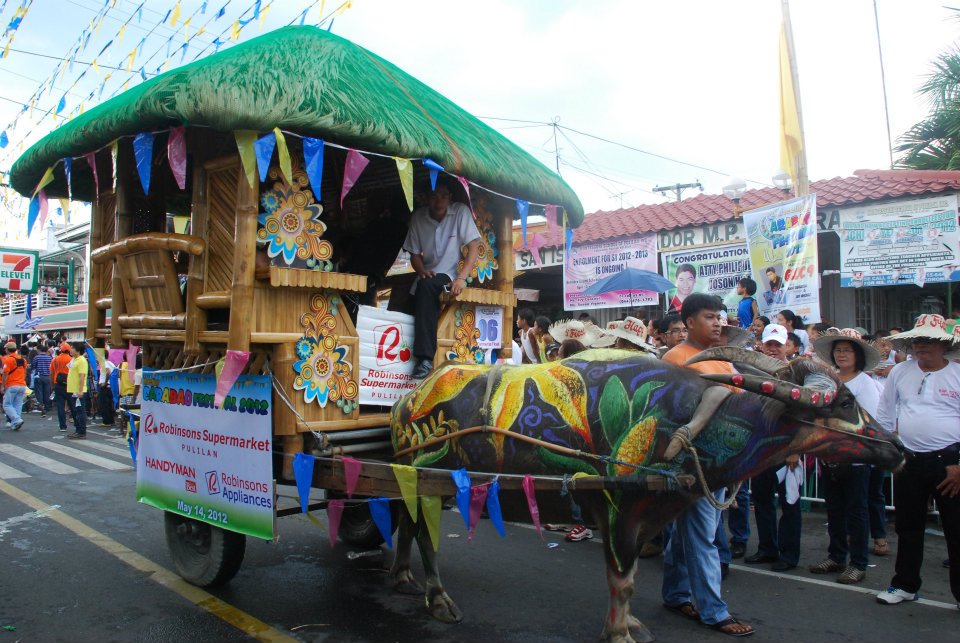
Town pride: The carabao, a plough animal, is celebrated in the annual Carabao Art Festival. The photographer assured us that the paint used is non-toxic.
Image credit: Andrew Alto de Guzman
2,500 of its 3,000 hectare land mass is devoted entirely to riceland, with another 150 hectares dedicated to perennial trees and vines. Industrial areas comprise about 6.8 hectares.
A model for what other parts of Luzon could be like
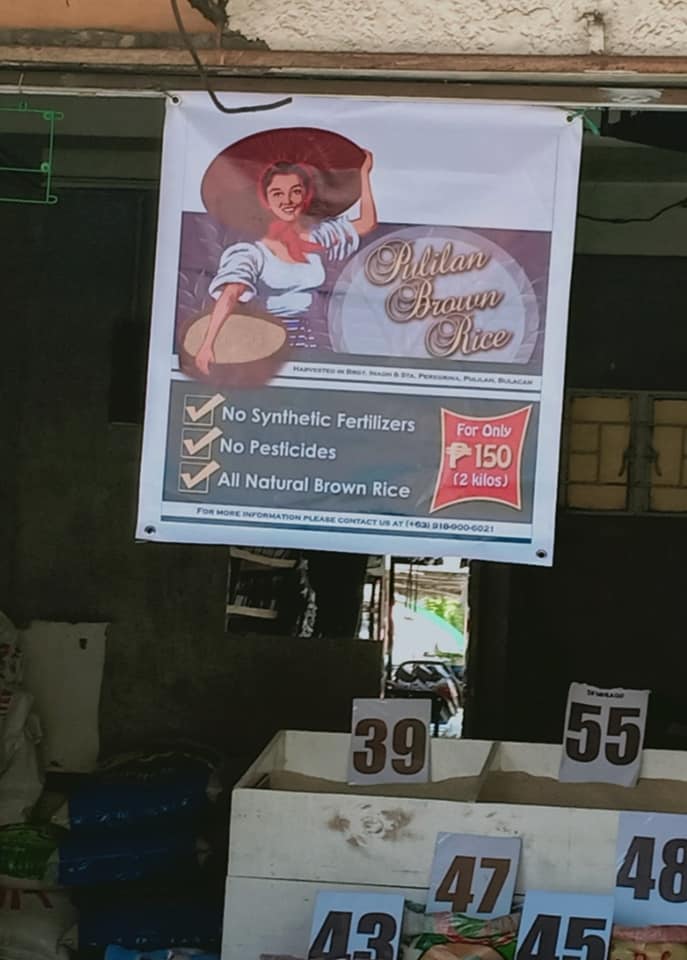
Pulilan is able to secure its own food supplies, shares Andrew Alto de Guzman, a local community organizer and artist
Image credit: Andrew Alto de Guzman
Pulilan, its residents, and their values reflect what Luzon island used to be before it prioritized urban development over agriculture.
But as more people across major cities in the Philippines turn to urban agriculture and as the Department of Agriculture even encourages city-dwellers to grow their own vegetable seeds and try out urban farming, perhaps that might change, and for the better.
Also check out:
- 24 online grocery websites and apps in Metro Manila
- Metro Manila air quality improves during quarantine
- Metro Manila residents grow gardens at home
Cover image adapted from Andrew Alto de Guzman
